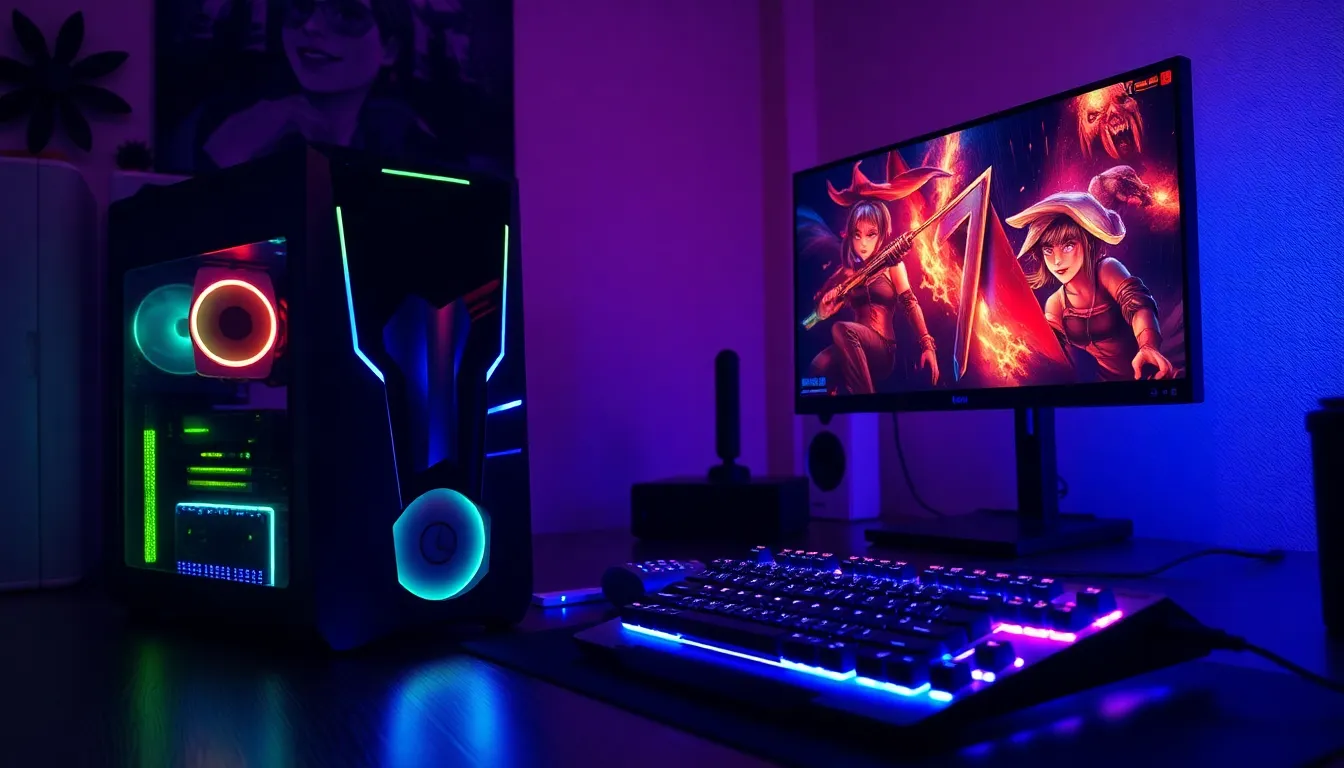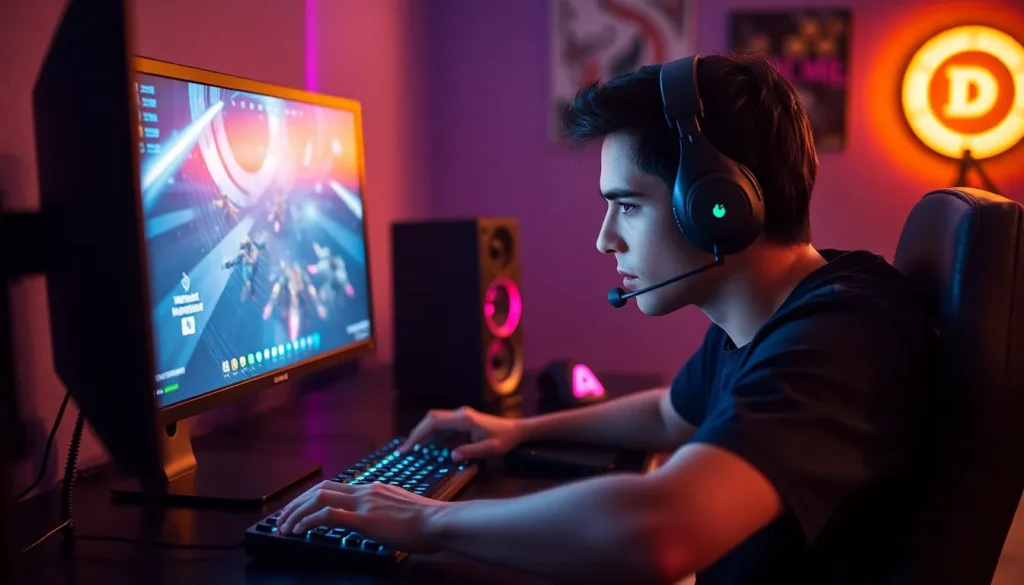Table of Contents
ToggleIn the high-stakes world of gaming, every millisecond counts. Picture this: your character’s about to score the winning kill when suddenly, lag strikes like a ninja in the night. Frustrating, right? Optimizing gaming performance can mean the difference between glory and defeat, and it’s easier than you might think.
Importance of Optimizing Gaming Performance
Optimizing gaming performance plays a vital role in enhancing the overall gaming experience. A mere delay of milliseconds can alter gameplay significantly. Gamers often find frustration when lag disrupts critical moments, such as landing a kill shot or executing a perfect strategy.
Improved frame rates directly correlate with smoother graphics and greater responsiveness. When a player’s actions translate instantly on-screen, it boosts their competitive edge. Visual quality also receives a significant upgrade through performance optimization, benefiting immersion in richly detailed environments.
Players equipped with optimized settings enjoy various advantages. Reduced screen tearing enhances visual experience and maintains focus during gameplay. Enhanced control responsiveness contributes to more accurate movements in fast-paced games.
Moreover, maintaining a stable performance reduces the likelihood of crashes and freezes, which can ruin the experience. Gamers can also anticipate a longer lifespan for hardware due to reduced strain when gaming settings are adjusted. Proper optimization considers both the software and hardware, ensuring balanced performance across the board.
Implementing performance tweaks leads to consistent gaming enjoyment, regardless of game genre. Gamers gain an upper hand by optimizing graphics settings or updating drivers, giving them more control over their environment. Prioritizing performance ultimately fosters a gaming atmosphere in which enjoyment and competitiveness thrive.
Key Factors Influencing Gaming Performance

Gaming performance hinges on several key factors, primarily hardware specifications and software optimization. Understanding these can significantly enhance gameplay experience.
Hardware Specifications
Gaming hardware plays a crucial role in performance. Graphics cards determine how well games render visuals; higher-end models offer improved frame rates. Central processing units manage overall game logic and multitasking. Ideal performance often requires investing in a capable CPU. Memory, or RAM, impacts loading times and in-game performance. At least 16GB is recommended for a smoother experience. Storage types also matter; solid-state drives (SSDs) significantly reduce loading times compared to traditional hard drives. Choosing compatible and high-quality components ensures a balanced gaming system.
Software Optimization
Optimizing software can lead to noticeable performance gains. Keeping drivers up to date enhances compatibility and fixes bugs. Antivirus software settings also impact performance; gaming modes can prioritize gaming over background scans. In-game settings allow players to adjust graphics quality; lowering these can increase frame rates during demanding sequences. Background applications consume valuable resources; closing unnecessary programs frees up system power. Regularly monitoring system performance through tools helps identify bottlenecks and inefficiencies.
Tips to Optimize Gaming Performance
Optimizing gaming performance involves several strategies that enhance the overall experience and gameplay efficiency. Implementing these tips leads to smoother graphics and more responsive controls.
Graphics Settings Adjustments
Adjusting graphics settings allows for significant performance gains. Lowering the resolution can reduce the strain on hardware while maintaining visual quality. Players can also disable features like anti-aliasing or shadows for smoother gameplay. Tweaking frame rate limits ensures consistent performance, minimizing lag during intense moments. It’s crucial to experiment with settings to identify the best balance between visuals and performance.
Background Applications Management
Managing background applications boosts system resources available for gaming. Closing unnecessary programs frees up RAM and CPU usage, allowing more power for the game. Heavily resource-intensive applications, such as browsers or streaming software, can hinder performance. Task Manager provides insights into running processes, making it easy to identify and close those that aren’t needed. Prioritizing performance over multitasking helps maintain a competitive edge.
Updates and Drivers
Keeping software and drivers updated greatly enhances gaming performance. Graphics drivers, in particular, contain optimizations that improve compatibility and performance with new game releases. Regularly checking for updates ensures that the system runs the latest enhancements. Operating system updates also play a role in optimizing performance, addressing bugs and security issues. Implementing these updates results in smoother gameplay and a more enjoyable gaming experience.
Tools for Measuring Gaming Performance
Measuring gaming performance relies on various tools that provide valuable insights. These tools help gamers assess their system’s efficiency and identify areas for improvement.
Benchmarking Software
Benchmarking software evaluates a system’s performance by running specific tests on hardware components. Popular options like 3DMark, Cinebench, and Unigine Heaven deliver comprehensive results that highlight frame rates, graphical fidelity, and processing power. Users can compare their scores to industry standards, ensuring their systems meet performance expectations. Additionally, these programs allow for repeat testing to track performance changes over time. Regularly utilizing benchmarking software can uncover weaknesses in hardware or settings, leading to better optimization strategies tailored to individual needs.
In-Game Performance Monitors
In-game performance monitors provide real-time data essential for optimizing gaming experiences. Tools integrated into games, such as Steam’s built-in performance overlay, display frame rates, GPU usage, and CPU temperatures during gameplay. This information helps players make immediate adjustments, like lowering graphics settings or closing background applications. Customizable overlays enhance focus by keeping vital stats visible without disrupting gameplay. Monitoring this data consistently empowers gamers to recognize performance trends, allowing for fine-tuning that maximizes efficiency and enjoyment during intense gaming sessions.
Optimizing gaming performance is essential for any serious gamer looking to enhance their experience. By addressing both hardware and software factors, players can achieve smoother gameplay and reduce frustrating lag. Implementing practical tweaks not only improves responsiveness but also prolongs hardware lifespan.
Regular maintenance and updates ensure that systems run efficiently, allowing gamers to focus on enjoying their favorite titles. With the right tools and strategies, players can continually refine their setups, gaining a competitive edge. Ultimately, a well-optimized gaming environment fosters both enjoyment and performance, making every session more rewarding.






